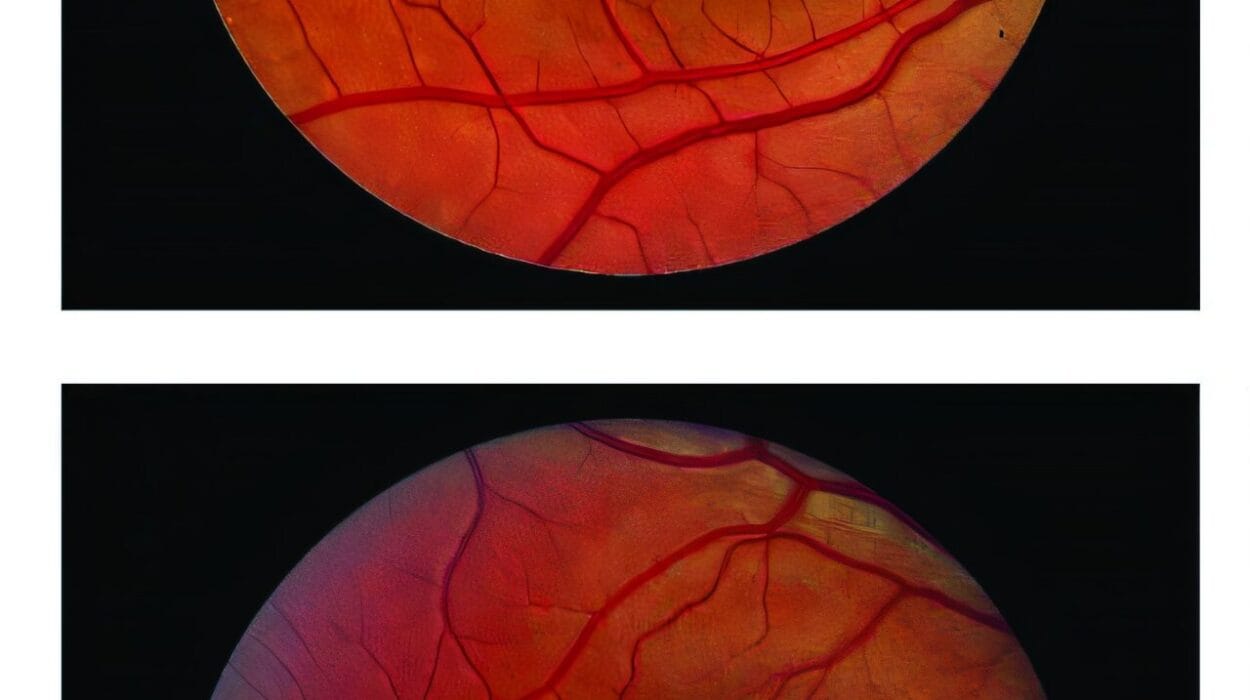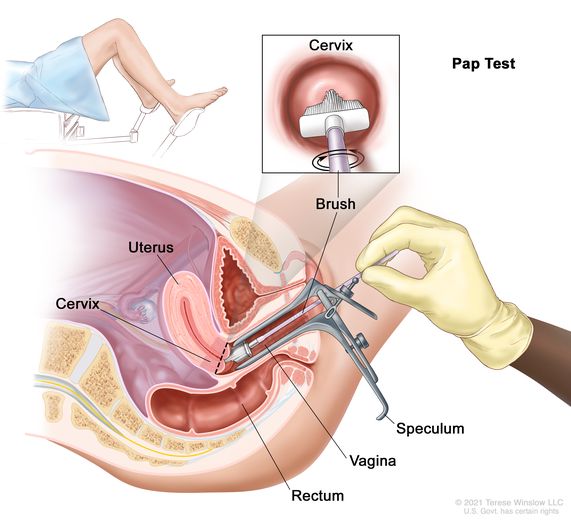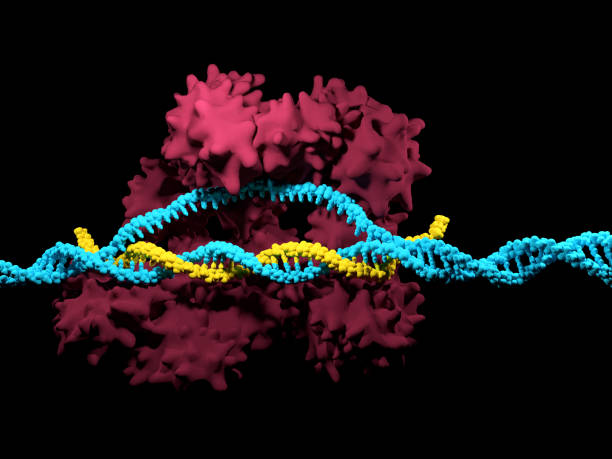Pleasure is one of the most primal forces in human life. It drives desire, bonds partners, inspires art, and shapes cultures. Among the many shades of pleasure, orgasm holds a unique position—part biological reflex, part psychological crescendo, part mystery that science is still unraveling. Despite millennia of poetry, paintings, myths, and whispered conversations, only in recent decades have scientists begun to peer deeply into what actually happens inside the human brain and body during orgasm.
For many, orgasm is experienced as a rush of sensations—muscular contractions, warmth, release, and an almost transcendental sense of satisfaction. But beneath the poetry lies a complex choreography of nerves, hormones, muscles, and brain regions. The journey to orgasm begins long before the peak itself, and its story stretches back millions of years through evolutionary history.
The Roots of Pleasure in the Brain
The human brain is not a cold machine of logic—it is wired for reward. At its core lies the mesolimbic dopamine system, an ancient pathway that motivates us toward things essential for survival: food, safety, social connection, and reproduction. When we engage in sexual activity, this reward system lights up, flooding the brain with dopamine, a neurotransmitter that amplifies desire, sharpens focus, and creates a sense of anticipation.
But dopamine is only one player. As arousal builds, the hypothalamus—a deep brain structure that regulates hormonal activity—signals the release of oxytocin, sometimes called the “love hormone,” and vasopressin, which strengthens feelings of attachment. These chemical messengers help transform sexual intimacy into emotional bonding.
Meanwhile, sensory information from the genitals travels via the pudendal nerve and other spinal pathways to the brain’s somatosensory cortex, mapping pleasure onto neural real estate much as touch or pain would. This means that orgasm is not simply a feeling in the genitals; it is an entire-brain event that integrates emotion, sensation, and cognition.
The Build-Up: Arousal as a Whole-Body State
Long before orgasm itself, the body enters a physiological state of arousal. Heart rate increases, blood pressure rises, and breathing deepens. In women, blood engorges the clitoris and vaginal walls, increasing sensitivity and lubrication. In men, penile erection occurs as arteries dilate and trap blood within erectile tissue.
But arousal is not a mechanical switch—it is profoundly influenced by psychological factors. Thoughts, fantasies, memories, and emotional safety all shape how the body responds. The brain’s limbic system, which governs emotion, interacts closely with the hypothalamus and autonomic nervous system to prepare the body for sexual climax.
Interestingly, studies show that the brain’s prefrontal cortex—responsible for self-control and decision-making—begins to quiet down as arousal intensifies. This partial shutdown may explain why orgasm is often described as a loss of conscious control, a surrender to sensation.
The Moment of Release
Orgasm itself is a rapid, involuntary series of muscular contractions in the pelvic region, lasting anywhere from a few seconds to over a minute. In men, these contractions are typically accompanied by ejaculation, though orgasm and ejaculation are distinct events that can occur separately under certain conditions. In women, the contractions involve muscles of the vaginal walls, uterus, and pelvic floor.
Inside the brain, the experience is explosive—figuratively and neurologically. Functional MRI scans show a surge of activity in the nucleus accumbens (a key reward center), the amygdala (processing emotional intensity), and deep midbrain structures. At the same time, the prefrontal cortex goes largely offline, freeing the mind from self-monitoring.
Another striking finding: orgasm triggers a burst of endorphins, the body’s natural opioids. These chemicals create a sense of bliss, pain relief, and even mild euphoria, similar to the effects of certain drugs but entirely self-generated. This neurochemical cocktail explains the dreamy, relaxed afterglow many people feel in the minutes after climax.
Orgasms Beyond the Physical
While orgasm is often studied as a sexual phenomenon, it is not limited to genital stimulation. People can experience non-genital orgasms triggered by erogenous touch in other areas, intense exercise, certain breathing practices, or even powerful emotional experiences. These phenomena hint at the brain’s central role in generating pleasure.
Some meditators and tantric practitioners report full-body orgasms without direct stimulation, achieved through breathwork, visualization, and muscular control. Neuroimaging suggests these experiences activate many of the same brain regions as sexual orgasm, underscoring the mind’s power to shape bodily sensations.
Differences Between Men and Women
Science reveals both similarities and differences in how male and female bodies and brains experience orgasm. Physiologically, the rhythmic contractions, hormone surges, and brain activation patterns are remarkably alike. However, the pathways to orgasm and the likelihood of reaching it during partnered sex can differ significantly.
Studies consistently show that women are more likely to orgasm with direct clitoral stimulation than through vaginal intercourse alone. This finding, while obvious to many women, challenges older medical and cultural assumptions about “normal” sexual response. Men, on average, tend to reach orgasm more quickly, though this is influenced by psychological and relational factors.
There are also intriguing differences in the brain’s response: some studies suggest women experience broader activation in emotion-processing areas, while men show more concentrated bursts in reward circuits. These distinctions are not absolutes but patterns that reflect the diversity of human sexual biology.
The Role of the Mind: Fantasy and Context
Orgasm is never purely mechanical—it is shaped profoundly by the mind. Sexual fantasies can heighten arousal, increase physiological readiness, and even trigger orgasm without physical touch in some individuals. Context matters as well: feelings of safety, trust, and emotional connection can make orgasm easier to achieve, while stress, anxiety, or relationship tension can inhibit it.
This psychological dimension helps explain the placebo effect observed in sexual medicine. In studies of drugs designed to improve sexual function, some participants report significant improvements simply from believing they are receiving effective treatment. The brain’s expectation of pleasure can, in itself, enhance sexual experience.
Orgasms and Health
Beyond pleasure, orgasm offers measurable benefits for physical and mental health. The release of oxytocin and endorphins can lower stress hormones, reduce pain perception, and improve sleep. Regular sexual activity has been associated with better cardiovascular health, immune function, and even longevity, though these correlations are influenced by overall lifestyle and well-being.
In relationships, shared sexual pleasure can strengthen emotional bonds, enhance communication, and increase relationship satisfaction. However, orgasm is not the sole measure of sexual fulfillment—many people find deep intimacy and pleasure in sexual encounters without necessarily reaching climax.
When Orgasm Is Difficult
Not everyone experiences orgasm easily. Anorgasmia, the persistent difficulty or inability to reach orgasm despite adequate stimulation, affects a significant portion of the population—especially women, though men can experience it as well. Causes range from hormonal imbalances and nerve damage to psychological factors like trauma, anxiety, or depression.
Treatment often involves a combination of medical evaluation, pelvic floor therapy, and psychological counseling. Importantly, open communication between partners can alleviate the pressure to “perform” and make sexual encounters more relaxed and pleasurable.
The Science Still Unfolding
Despite decades of research, many aspects of orgasm remain mysterious. Scientists continue to debate its evolutionary function—whether it exists purely as a pleasurable incentive for reproduction or if it has deeper roles in bonding, selection, and well-being.
New imaging technologies are allowing researchers to observe brain activity with greater precision, revealing that orgasm is not a single event but a complex cascade of neural patterns. Genetic studies may eventually shed light on why some people experience orgasm more easily than others, while cross-cultural research explores how beliefs and norms shape sexual experience.
A Celebration of Complexity
In the end, orgasm is a marvel of human biology—a dance of nerve signals, hormones, muscles, and emotions that culminates in one of the most intense pleasures the body can produce. But it is also deeply personal, shaped by individual history, culture, and relationships.
Science can map the pathways and measure the chemicals, but the meaning of orgasm—its intimacy, its joy, its mystery—remains as much a matter of the heart as the brain. And perhaps that is the greatest secret of all: that pleasure, like love, is both universal and entirely our own.






